I am trying to create a simple Arduino parking sensor that sends the warning beeps to the car radio using FM transmitter circuit.
I searched different FM circuits and found many of them that use a microphone or an AUX input, but I couldn't find something that simply takes an input from the Arduino to transmit a tone/beep.
Here is an example tutorial: https://www.youtube.com/watch?v=joFourugXvs&ab_channel=TechBuilder
and here are the schematics:
I need to remove this microphone and use an output pin from the Arduino as an Input to the transmitter.
Is that possible?
